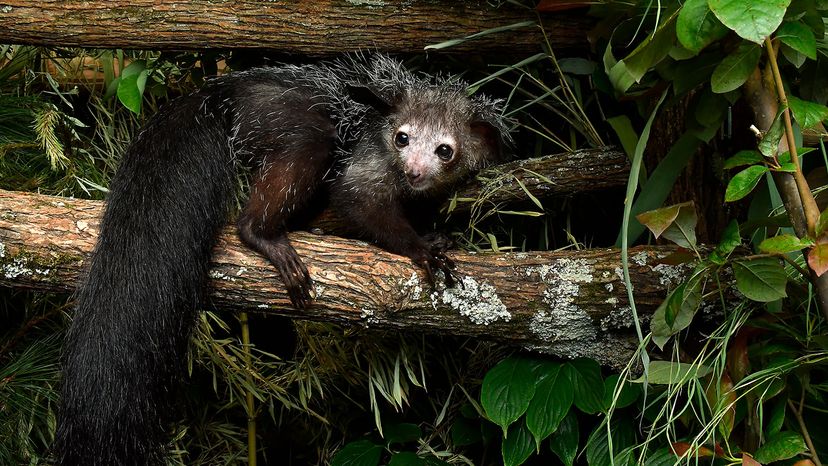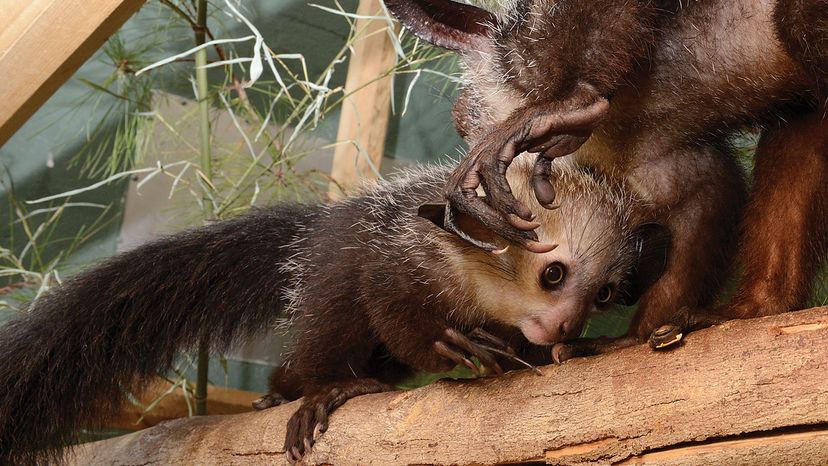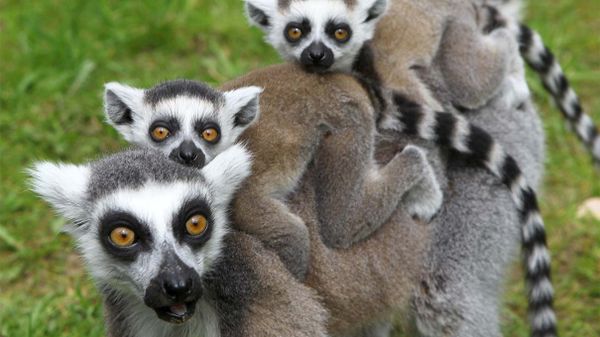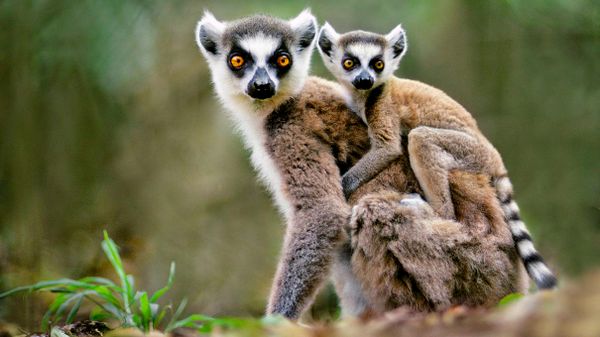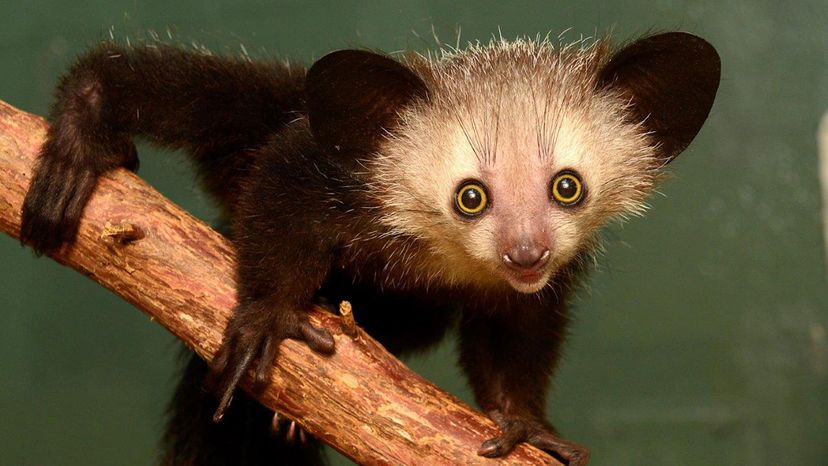
When most people think about lemurs, what likely comes to mind is the eccentric but charismatic ring-tailed lemur, King Julien XIII, from the animated kids' movie "Madagascar." But ring-tails are just one of the 108 recognized species of lemur (plus at least 17 extinct species) currently on the planet. Among those still in existence, the aye-aye (pronounced "eye-eye") is by far the most intriguing.
"Aye-aye are my favorite primate, so it's not an exaggeration to say that I love everything about them," says Megan McGrath via email. She's the education programs manager at the Duke Lemur Center, in Durham, North Carolina, which houses the largest and most diverse population of lemurs outside their native Madagascar. "If I had to pick one thing to focus on," she says, "it would be the incredible story of evolution that they represent. Out of over 100 species of lemur, all adapting to survive on the island of Madagascar for tens of millions of years, the aye-aye somehow wound up in an incredible niche and evolved a truly unique combination of traits and behaviors found nowhere else on Earth."
Advertisement
Known scientifically as daubentonia madagascariensis, this long-fingered primate has been around for millions of years and has many features that clearly distinguish it as a lemur. But the aye-aye has more extreme morphological features than any other living primate on Earth. Here are 10 crazy facts about this improbable animal:
